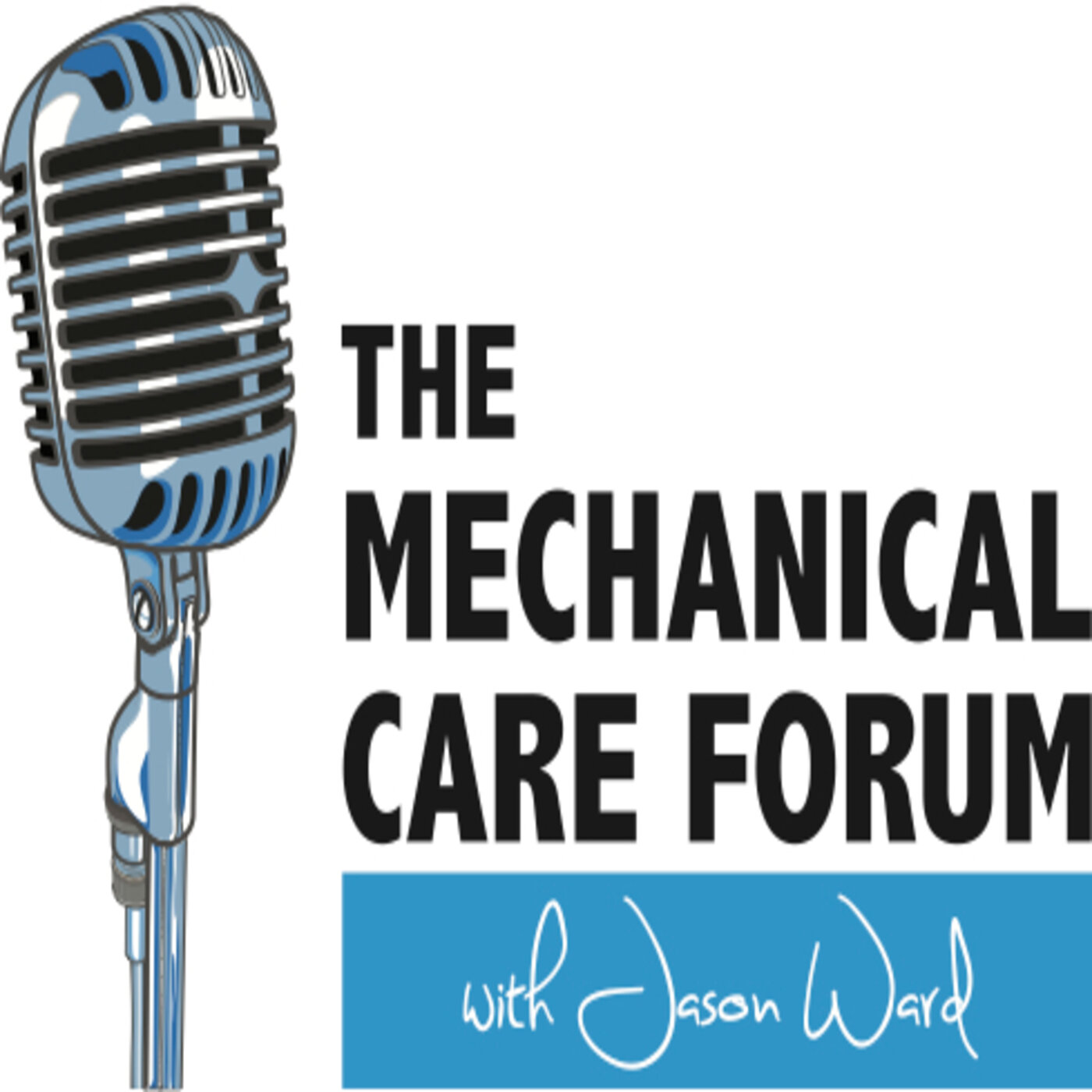Hugh Murray, PT, Dip MDT
Hugh Murray, PT, Dip. MDT, received his degree in Physical Therapy from West Virginia University in 1976. He attended the Orthopaedic Physical Therapy Residency at Kaiser Permanente Medical Center in Hayward, CA in 1979. He received his Diploma in Mechanical Diagnosis and Therapy from the McKenzie Institute International in 1991. He is presently in private practice in Charleston, WV with CPT Physical Therapy Specialists, Inc. a McKenzie Certified Clinic. He actively evaluates and treats patients, consults with industry, performs Functional Capacity Evaluations and consults with Work Hardening. CPT is in its 24th year of service to the Tri-State area.
Show Notes
Quote:
Hugh’s father told him to,
“Get as much education as you can.”
That includes reading, listening, spending time with faculty as mentors and even learning from patients.
Struggles:
He most remembers struggling before he understood MDT well. He finds he really struggles when he leaves the basics by not doing enough reps. When patients remark they’re 30% better and they’re thrilled, Hugh is depressed because he wants more definitive improvement to increase his confidence that he has the right diagnosis and direction and force.
Challenges:
The best thing we can do is have great results in the exam room and have your patients market that to their family and friends. He knows that will take a long time. One on one discussion with our patients is the best way to do it. There are plenty out there who won’t buy in but in time they’ll be frustrated.
Strengths:
The healthcare system is looking at evidence based. He reminds us that there are 54 studies on centralization alone. Hugh remembers a physician mention a study by Brown Yarrow and Hanson in 1957 that showed the annulus bulge posteriorly when extended and that’s why he wouldn’t ever extend a patient. He offers that over time and with repetitive extension the nucleus has been shown to move out of the central canal. You can find the reference to this study here.
Memorable Patient Story:
A 35 year old female, an MRI technician and mother of two children. She described to Hugh her work requirements which required lifting and bending. Upon initial questioning Hugh asked if she’d had an MRI and she says “no” but Hugh challenged her because of her job. She then acknowledges that she had had an MRI and they found a tumor. The subsequent experience with that patient fascinated him and reassured him he can be confident even when image findings don’t necessarily match up with the clinical picture.
Patient Analogy:
Hugh uses the jelly donut analogy to explain the disc model and the effects of pressure on the disc and how it can effect other structures like the adjacent nerve.
Best Advice:
Hugh goes back to the advice from his father. ”Get the best education you can.”
Resources:
The faculty. Courses especially Part C and D. Your patients. Hugh offers others to come and see patients with him and to reach out to others who are on faculty or just trained and willing. Hugh says that everyone would benefit from having grand rounds to discuss patients. He encourages us to get rid of the “junk” like hot packs and e-stim and ultrasound machines because doing away with these will force you to use you head and your hands and encourage you to think.
Studies:
by Audrey Long
Does it matter which exercise? A randomized control trial ofexercise for low back pain. Long A1, Donelson R, Fung T.
Spine (Phila Pa 1976). 2004 Dec 1;29(23):2593-602.
by Mark Werneke
McKenzie lumbar classification: inter-rater agreement by physical therapists with different levels of formal McKenzie postgraduate training. Werneke MW, Deutscher D, Hart DL, Stratford P, Ladin J, Weinberg J, Herbowy S, Resnik L.
Spine (Phila Pa 1976). 2014 Feb 1;39(3):E182-90.
by Ron Donelson, et. al.
A prospective study of centralization of lumbar and referred pain. A predictor of symptomatic discs and anular competence.
Donelson R1, Aprill C, Medcalf R, Grant W.
Spine (Phila Pa 1976). 1997 May 15;22(10):1115-22.
Personal Habit that contributes to his Success:
Hugh thinks his effort to listen to the patient and being patient with the patient. He also believes his interest in reading assists in his success.
Where you can find Hugh:
Hugh wants to promote the system of Mechanical Diagnosis & Therapy. He says because it works and it’s effective and there is still a lot more to learn.
If you want to learn more about Hugh and his clinic you can go towww.cptwv.com
To contribute:
Give a 5-star review on iTunes;
Share EP #53 with a friend; and/or
Connect with us on the Spotify MCF Podcast and MCF Instagram page!
Thanks for your support!

